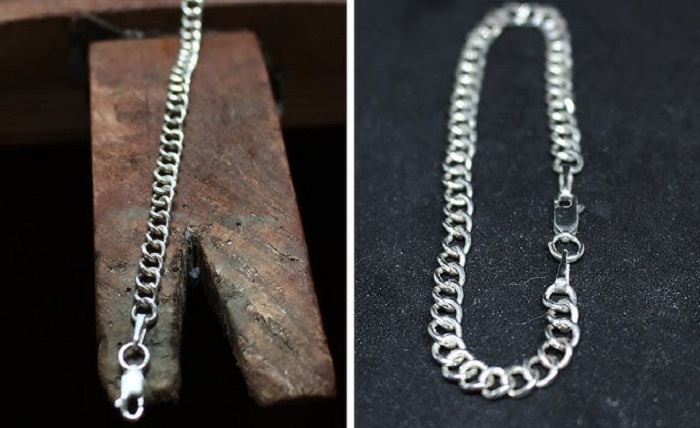Chaîniste: The Art of Crafting Exquisite Chains

The world of jewelry is filled with exquisite craftsmanship, from delicate gemstones to intricate metalwork. Among these artisans, the chaîniste stands out for their mastery of creating chains, transforming simple wires into shimmering masterpieces. Their skills encompass both technical expertise and artistic flair, resulting in pieces that are both functional and aesthetically captivating.
Definition of Chaîniste
The term “chaîniste” originates from the French word “chaîne,” meaning “chain.” It refers to a skilled artisan who specializes in crafting chains, typically for jewelry applications. Chaînistes possess a deep understanding of metalworking techniques and have the dexterity to manipulate fine wires into intricate patterns. They employ a variety of tools and specialized techniques to create chains that are both durable and visually stunning.
History of Chainmaking
The art of chainmaking dates back centuries, with evidence of chains being used in ancient civilizations for both decorative and functional purposes. Early chains were often made from iron or bronze and were used for armor, tools, and jewelry. Over time, the craft evolved, and chaînistes developed more refined techniques and began using precious metals like gold and silver.
Chainmaking Techniques
Chaînistes employ a variety of techniques to create chains, each with its unique characteristics. Some of the most common methods include:
-
Wire Drawing: Wires are drawn through progressively smaller holes to achieve the desired thickness and roundness.
-
Hand Forging: Individual links are shaped and hammered into form using specialized tools.
-
Machine Forging: Specialized machines are used to create chains in large quantities, often with intricate patterns.
-
Joining Techniques: Different techniques, such as soldering, brazing, or welding, are used to join individual links together.
Types of Chains
Chaînistes create a wide variety of chains, each with its unique style and applications. Some of the most popular types include:
-
Necklace Chains: Delicate and elegant chains designed to adorn the neck.
-
Bracelet Chains: Versatile chains used in bracelets of various styles.
-
Anklet Chains: Stylish chains worn around the ankle.
-
Watch Chains: Decorative chains used to secure pocket watches.
-
Specialty Chains: Chains used for specific purposes, such as dog collars, key chains, or decorative accents.
Significance of Chaînistes
Chaînistes play a crucial role in the jewelry industry, providing essential components for necklaces, bracelets, and other adornments. Their craftsmanship adds a touch of elegance and sophistication to jewelry pieces, making them highly sought after by collectors and connoisseurs.
FAQ
Q: What kind of metals do chaînistes use?
A: Chaînistes typically use precious metals like gold, silver, and platinum, as well as base metals like brass, copper, and stainless steel.
Q: What tools do chaînistes use?
A: Chaînistes use a variety of tools, including wire cutters, pliers, hammers, soldering irons, and specialized chainmaking machines.
Q: How long does it take to make a chain?
A: The time it takes to make a chain depends on the complexity of the design and the skill level of the chaîniste. Simple chains can be made in a matter of hours, while intricate pieces may take days or even weeks to complete.
Conclusion
The art of chainmaking is a testament to human ingenuity and creativity. Chaînistes, with their specialized skills and artistic vision, transform simple wires into exquisite masterpieces that adorn and enhance our lives. Their work embodies the enduring beauty of craftsmanship, a legacy that continues to inspire and captivate generations.




